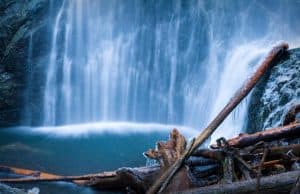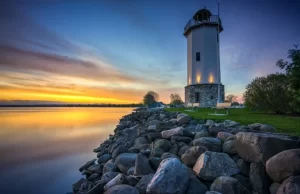This post contains affiliate links. If you click and purchase, we may earn a small referral fee at no extra cost to you. Read our full disclosure.
What are the world’s most beautiful lakes? With so many stunning lakes around the globe, creating this list wasn’t easy.
However, our choices all have something in common: Each offers panoramic lake views framed by majestic mountains. We’ve listed them alphabetically and challenge you to choose your own top lake!

1 – Crater Lake, Oregon
Crater Lake was formed about 7,700 years ago by a massive volcanic eruption that left behind a deep caldera that filled with water over time.
Crater Lake’s sapphire blue water highlights its amazing depth of 1,943 feet – the deepest lake in the United States and among the 10 deepest in the world.
The lake is the centerpiece of Crater Lake National Park, located on the crest of the Cascade Range in southern Oregon. Crater Lake was given National Park status by President Theodore Roosevelt in 1902.
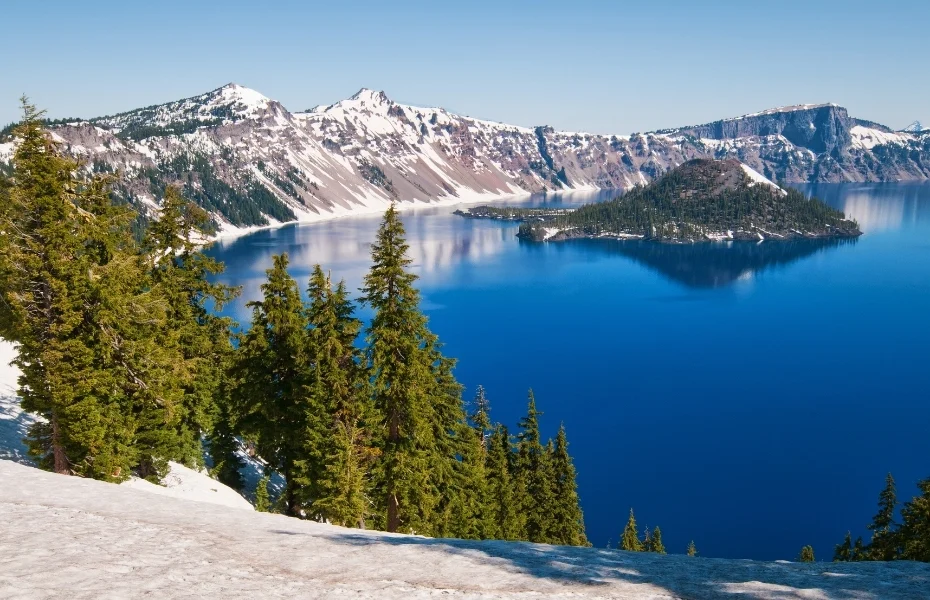
The 33-mile Rim Drive provides spectacular scenery by car or by bicycle. Heavy snows fall from October to June with an elevation of almost 6,200 feet above sea level, so the Rim Drive does not open until early July.
Boat tours provide scenic lake cruising from July through September. The park is open in winter for cross-country skiing and snowshoeing, when blankets of snow frame the sapphire water. Plan your Crater Lake vacation.

2 – Lake Annecy, French Alps
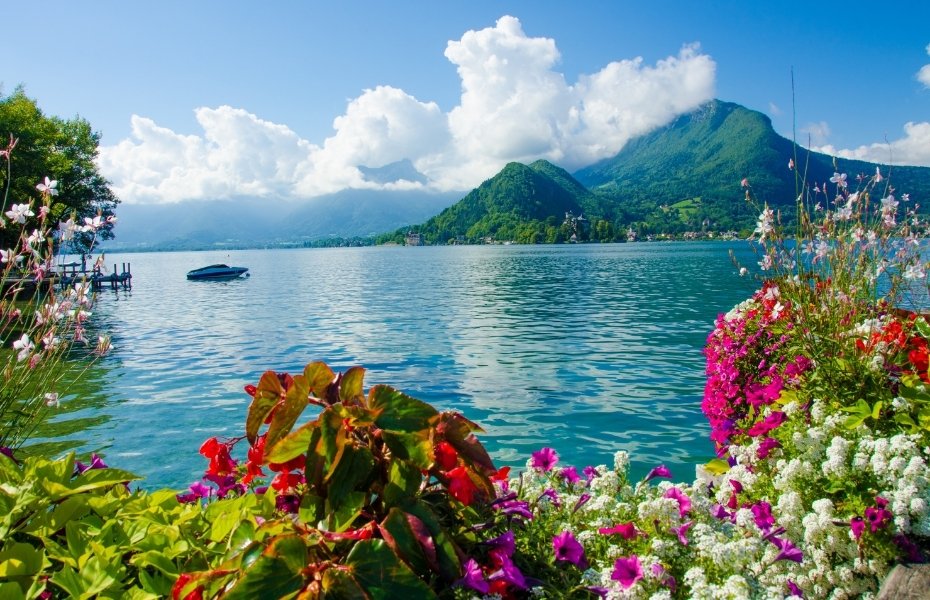
Surrounded by mountains and set in the Rhone-Alps region of southeastern France, Lac d’Annecy has been inspiring writers and artists for centuries, and drawing visitors from around the world.
Shaped like a twisted eight, glacial Lake Annecy formed about 18,000 years ago and today spans about 6,700 acres. Before the last ice age it was actually two lakes separated by a ridge. Today the ridge is underwater and its previous location is marked by a channel with Grand Lac to the north and Petit Lac to the south.
The historic city of Annecy, on the lake’s north shore, dates back to the 10th century with charming buildings that include the Palais de l’Ile (Old Prison) and the Chateau d’Annecy (Annecy Castle). Whether paragliding, hiking, or boating, visitors will feast their eyes on panoramic lake and mountain vistas.

3 – Lake Atitlan, Guatemala
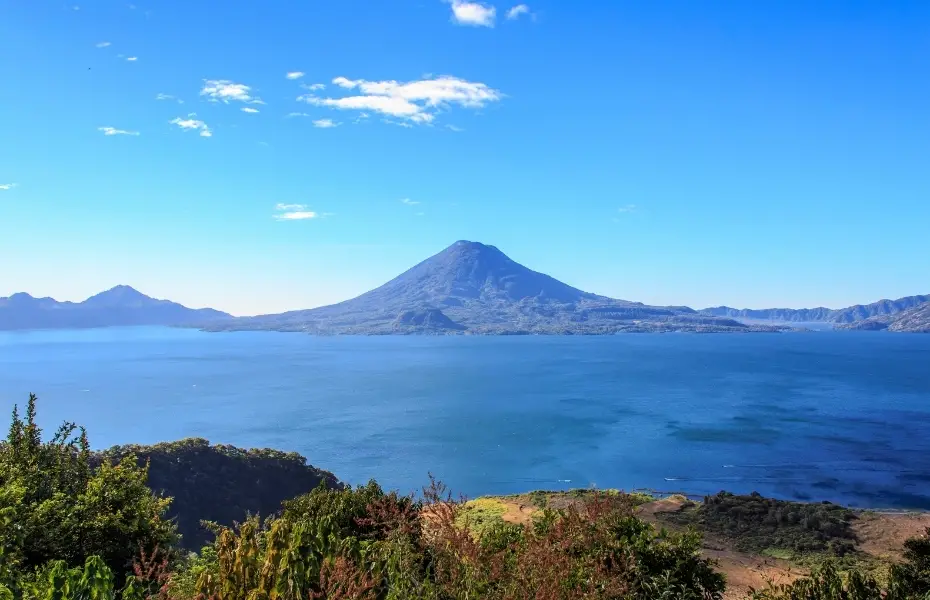
Atitlan is the Mayan word for “the place where the rainbow gets its colors.” Volcanic in origin, this 32,124-acre lake is located about 5,125 feet above sea level in the Guatemalan Highlands. Three extinct or inactive volcanoes (Atitlan, San Pedro, Toliman) dramatically frame the lake.
Lake Atitlan is characterized by many small Mayan villages throughout the area. The Mayan people are known for their friendliness and hand-crafted products. The largest village is Panajachel, a town of about 11,000 on the lake’s northern shore.
A guided trip to ‘La Cueva Maya’, the Mayan Cave, provides an incredible view of the lake, city, and volcanoes. Sections of the Lake Atitlan shoreline are part of the Nature Reserve of San Buenaventura, with nature trails, an orchid garden, a butterfly preserve, and a bird refuge (one of the last habitats of the Quetzal, Guatemala’s national bird).

4 – Lake Bled, Slovenia
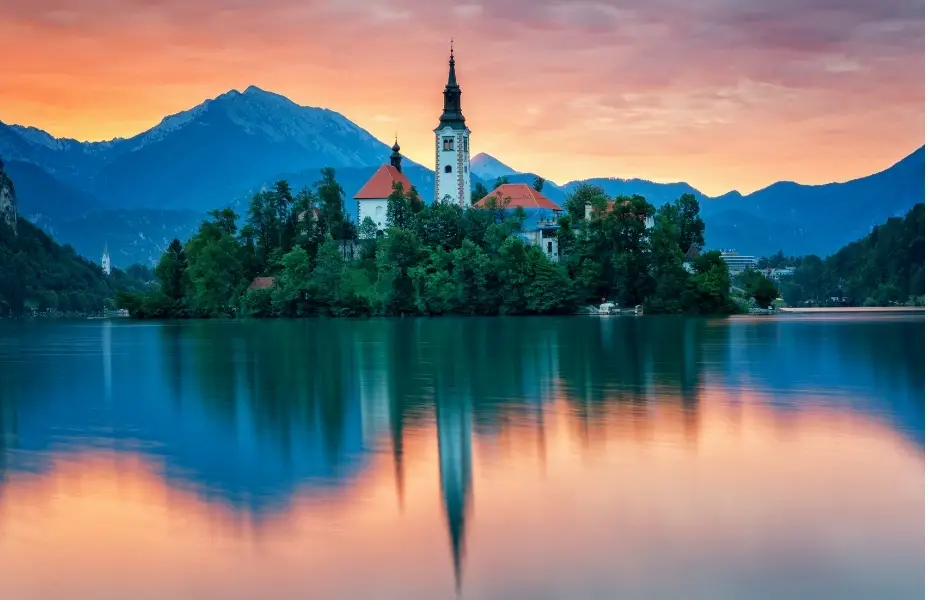
Lake Bled, located in the majestic Julian Alps, is a fairytale vision come to life. This small glacial lake, crowned with a picture-book island, is a vacation destination worth planning for.
The jewels in its crown are Bled Castle, overlooking the turquoise lake from a craggy cliff, and the Church of the Assumption located on Bled Island. These well-restored medieval edifices anchor the City of Bled midway between past and present. The first written records of Castle Bled date from 1004, providing documentation as the oldest castle in Slovenia.
Local flat-bottomed gondolas transport visitors to Bled Island, where 99 steps ascend to the Church and its tower Wishing Bell steeped in folklore. A walking path circles the entire Lake Bled shoreline. Although covering less than 400 acres, Lake Bled is a world-class rowing center that has hosted three world championships. Plan your trip to Lake Bled.

5 – Lake Garda, Italy
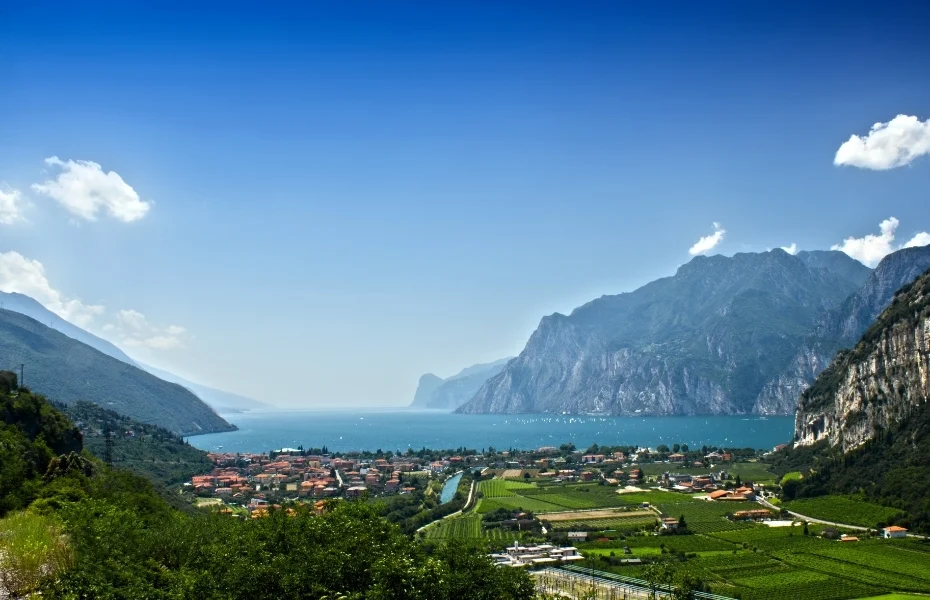
Lake Garda, or Lago di Garda in Italian, is the largest lake in Italy, sprawling over 90,000 acres with beautiful vistas. Lake Garda is conveniently located less than 20 miles from Verona (think Romeo and Juliet), 60 miles east of Milan, and 80 miles west of Venice.
The lake is graced by the mystical Dolomites to the north; their awkward and angular rock formations, towering at heights close to 10,000 feet, earned them the UNESCO Natural Heritage label in 2009.
To the south of the lake, the low and gentle rolling hills are accentuated by vibrant and colorful Italian architecture. Along the coasts of the long and narrow water body, in the many towns and villages, are hundreds of historical sites and places for nature, adventure, entertainment and rejuvenation.

6 – Loch Lomond, Scotland
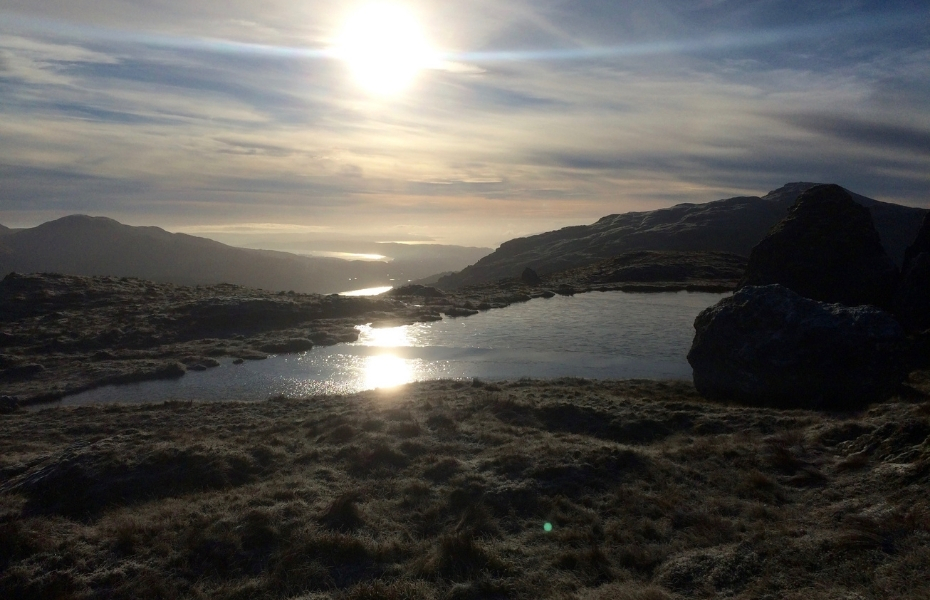
Due to its stunningly beautiful location, Loch Lomond is one of the most popular lochs or lakes in Western Scotland. Stretching 24 miles in length and covering more than 17,500 acres, Loch Lomond is the largest expanse of fresh water in Great Britain.
The loch is crossed by the Highland Boundary Fault, a break in the earth’s crust which occurred millions of years ago. As a result, Lake Lomond exhibits physical characteristics of both Highland and Lowland Scotland.
The wide, shallow, southern end of the lake is home to numerous wooded islands. The narrow, deep, fjord-like northern end sits in the shadow of Ben Lomond, a distinctive mountain in the Scottish Highlands at a height of 3,196 feet.
With its sparkling water, inviting villages and unlimited outdoor activities, it is easy to understand why people travel from around the globe to visit this breathtaking lake. Plan your adventure.

7 – Lake Matheson, New Zealand
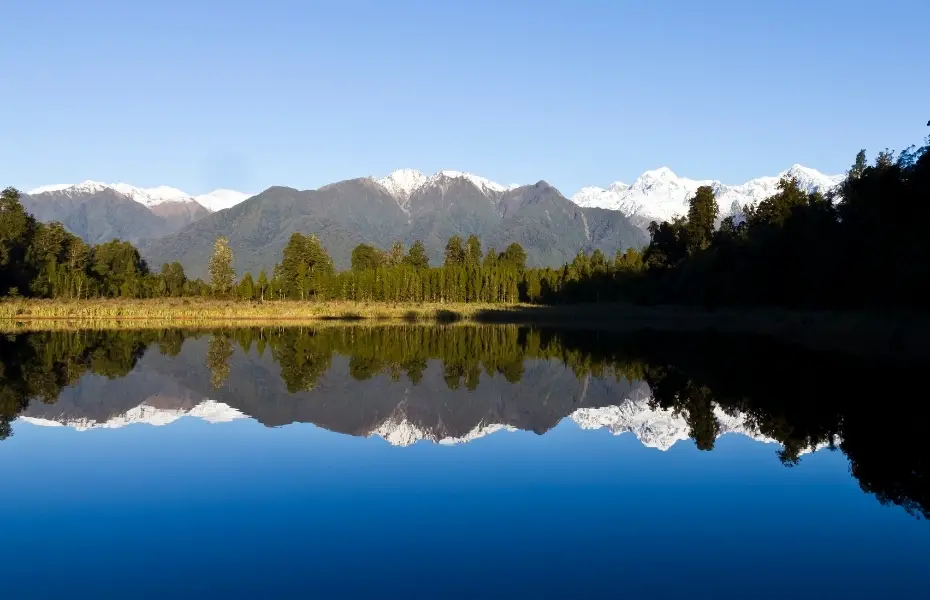
New Zealand’s Lake Matheson is a lake lover’s dream come true, full of glacial lakes that are fuel for myths, backdrops for Hollywood movies, and destinations for adventure seekers.
Although less than 100 acres, Lake Matheson – also known as Mirror Lake – deserves your visit. The reflections of Mount Cook and Mount Tasman on the lake’s glassy surface are inspirational.
Access to Lake Matheson is from a foot path with a suspension bridge over Clearwater River to the walking track that circles the lake. The white and red pine forest surrounding Lake Matheson protects it from the wind, keeping the surface glassy smooth.
Jetty View Point and Reflection Island are the best viewing points on the walking trail. The West Coast Tai Poutini National Park (315,161 acres) surrounds Lake Matheson, which includes the Southern Alps and the beaches of New Zealand’s west coast.

8 – Peyto Lake, Alberta
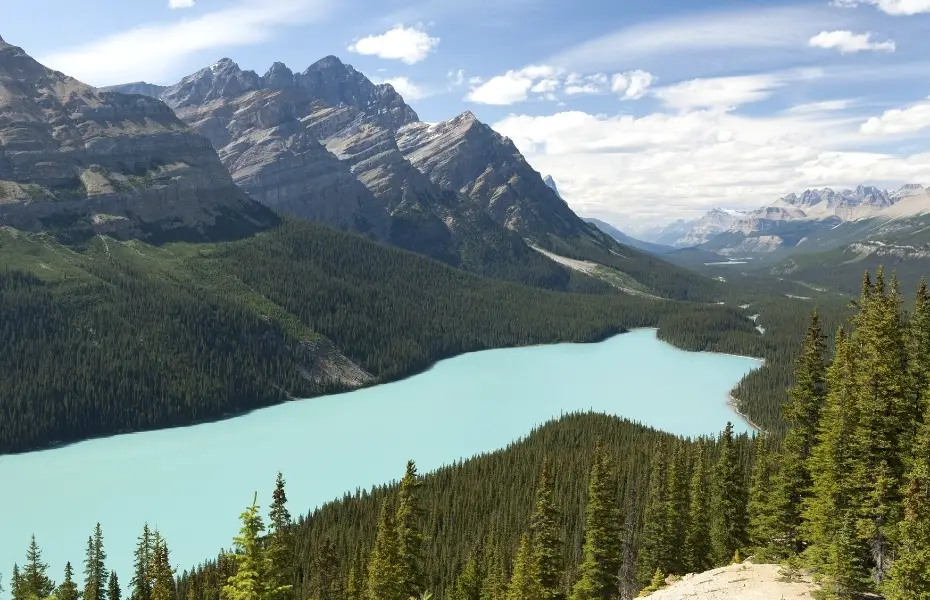
Banff National Park in Alberta province is the birthplace of the Canadian national park system (1885) – and Peyto Lake is one of the small, spectacularly beautiful, glacial lakes snuggled within the Park.
The Canadian Rockies frame 346-acre Peyto Lake, renowned for its brilliant emerald-turquoise colored water. “Rock flour” particles in the lake, containing mineral particles of dolomite, calcite, and quartz, reflect the blue-green sector of the light spectrum, giving Peyto Lake changeable hues of emerald and turquoise.
The Icefields Parkway is a breathtaking, 143-mile drive through Banff National Park, originating at Lake Louise and passing by Hector Lake and Bow Lake before reaching Peyto Lake (about 25 miles).
Peyto Lake is best seen from Bow Pass, the highest point on the Icefields Parkway at about 6,850 feet (2,088 meters) above sea level. Plan your adventure to stunning Peyto Lake.

9 – Plitvice Lakes, Croatia
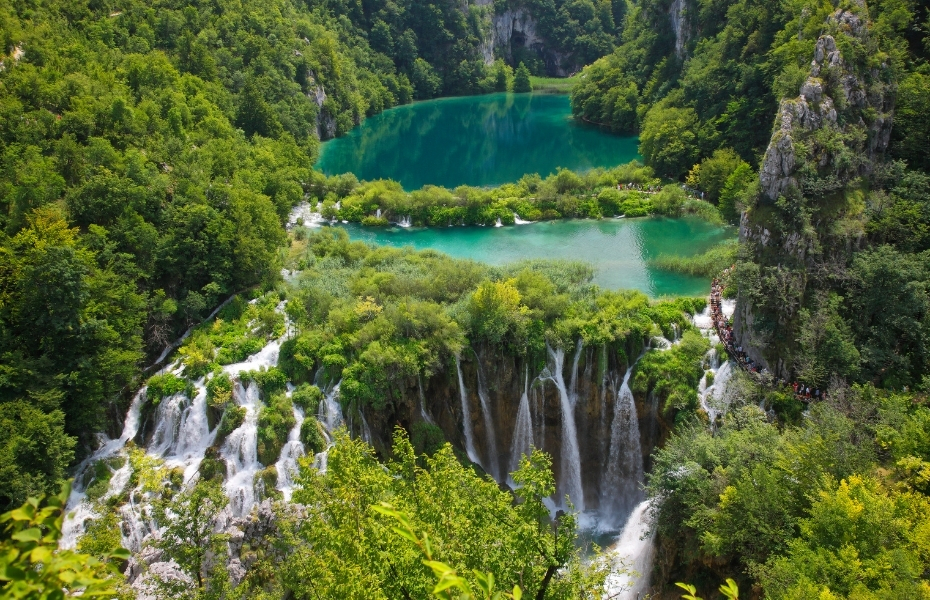
Cascading waterfalls and tucked-away caves surrounded by lush green forests – the Plitvice Lakes are a wonder to behold.
The Plitvice chain includes 20 lakes ranging in elevation from 636 meters (2,087 feet) to 503 meters (1,650) above sea level. Natural travertine dams separate the lakes and create a series of cascading waterfalls. The Plitvice Lakes are renowned for their changeable colors, including azure blue, aquamarine, and green.
Today, the lakes are contained within the Plitvice Lakes National Park, one of Croatia’s most popular tourist attractions. The national park was added to UNESCO’S World Heritage list in 1979 due to its intense beauty. Visitors soak in the beauty of the area on walking trails, by boat tour, or by tourist train.
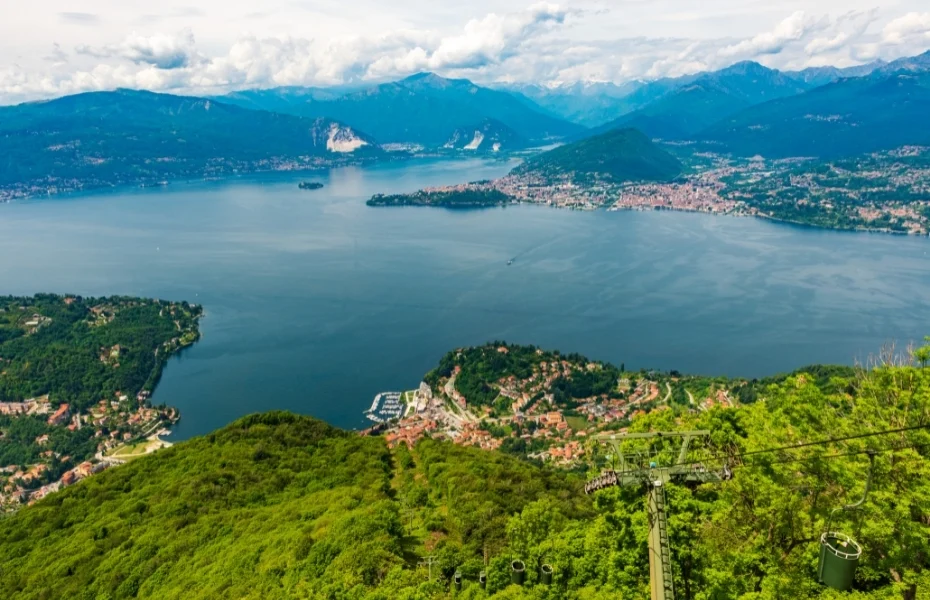
9 Stunning Lakes With International Borders
International lakes – lakes that border two or more countries – give their visitors incredible opportunities to experience the cultural differences that define each country. These lakes also highlight the importance of…


